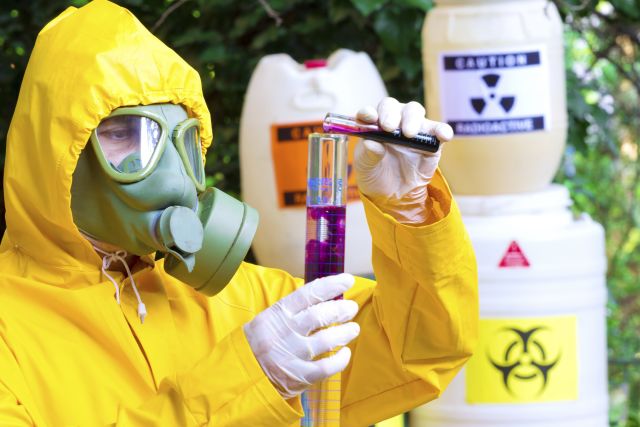Updated on May 16, 2024.
Since Ebola disease was discovered in 1976, the largest outbreak occured in 2014 across several countries in West Africa. Over the course of the year, it killed an estimated 11,308 people in Guinea, Liberia, and Sierra Leone.
During a 25-year career with the Centers for Disease Control and Prevention (CDC), Cindy Whitney, MD, led emergency response task forces for several diseases, including SARS, pandemic influenza, and Ebola in West Africa. Here, Dr. Whitney shares insights on that outbreak—and whether you should be worried about the next one.
How does the 2014 Ebola outbreak compare with others?
Dr. Whitney: It was larger and went on longer. This was the first time Ebola has ever occurred in Guinea, Sierra Leone, and Liberia. And we had never seen Ebola spread so rapidly across borders or in urban areas before. Porous borders and a very mobile population made it easy for the disease to spread into cities and across countries and made it more difficult to control.
What makes someone more or less likely to survive Ebola?
Dr. Whitney: About half the cases that we know of result in death. What impacts survival is something we’re still investigating. Some basic interventions, when used early, can improve a patient’s chances of survival, so people who seek care early may have a better chance of surviving.
Are there any long-term effects of Ebola in survivors?
Dr. Whitney: Yes. We’re becoming aware of several potential long-term joint and vision problems. We’ve also found the virus in the semen of male survivors. That’s very concerning because it might be that they can spread Ebola after they’ve recovered. The Sierra Leone Ministry of Health & Sanitation, in collaboration with the Sierra Leone Ministry of Defense, WHO (World Health Organization), and CDC have been studying how long the virus might be found in semen.
How does Ebola spread?
Dr. Whitney: It’s thought that the first patient in an outbreak gets infected through contact with an animal that has the virus, such as a fruit bat or primate. Once it’s in people, it spreads in body fluids. Symptoms of the disease include vomiting, diarrhea, and unexplained bleeding, so caretakers can get sick when they clean infected fluids. People have also become sick when cleaning and preparing after someone dies, which is when the body is very contagious. And as I mentioned earlier, we’ve also found the virus in the semen of male survivors.
Is it likely that Ebola would spread through the United States?
Dr. Whitney: No, it’s not likely. In West Africa, CDC and partners use contact tracing to identify new Ebola cases quickly and to isolate patients as soon as they show symptoms. We also help officials in Guinea, Liberia, and Sierra Leone with exit screening at airports to prevent anyone who is sick from leaving the country. In the U.S., entry screening at five airports is another measure of protection. CDC works with U.S. Customs and Border Protection to identify any sick travelers or anyone who may have been exposed. Travelers are screened and, if needed, contacted by their local health department. We work with state and local health departments to make sure they’re aware of these travelers.
Although it’s unlikely, if a new case were diagnosed in the U.S., our healthcare system is now better prepared than it was prior to the first case. CDC is actively working with partners to train healthcare workers and expand the network of hospitals ready to treat patients with Ebola.

